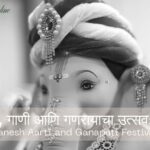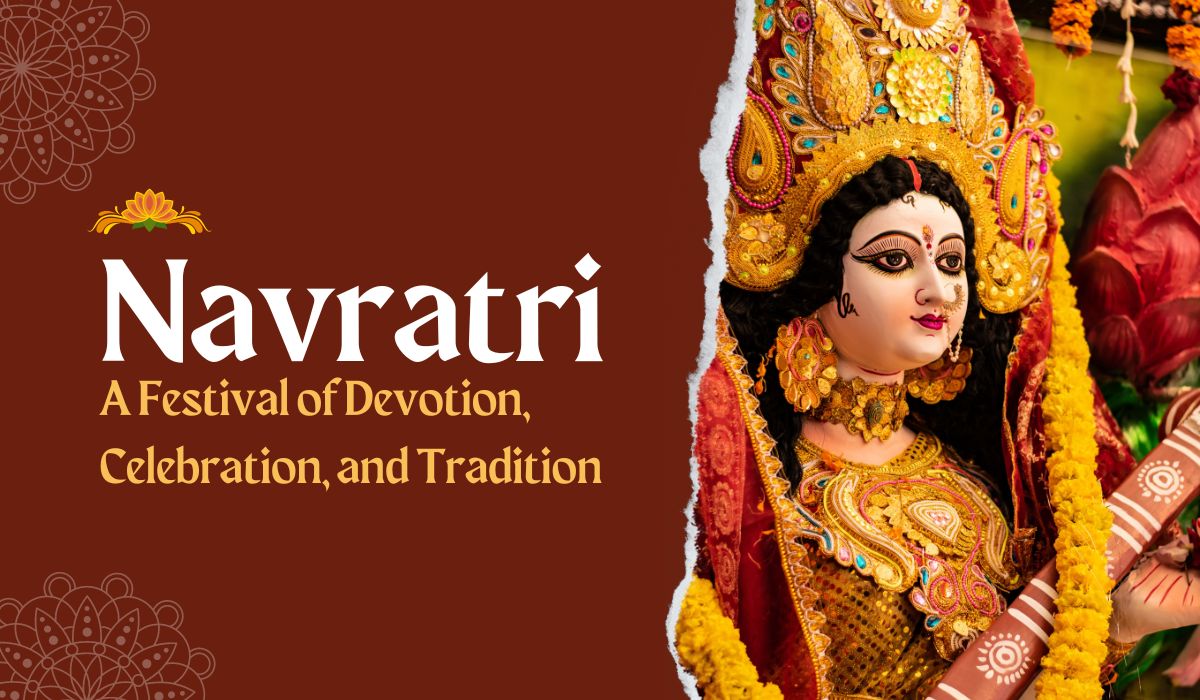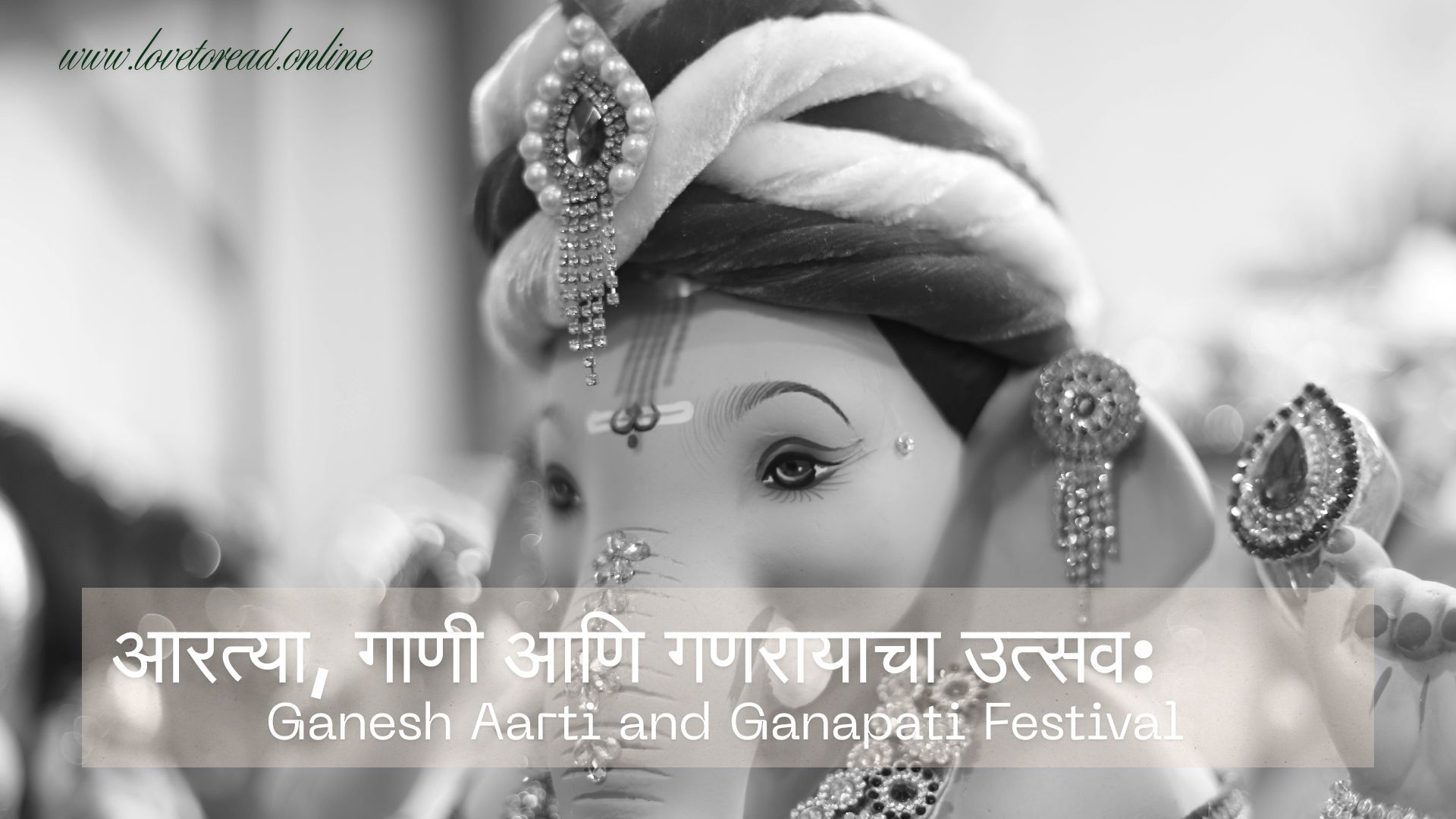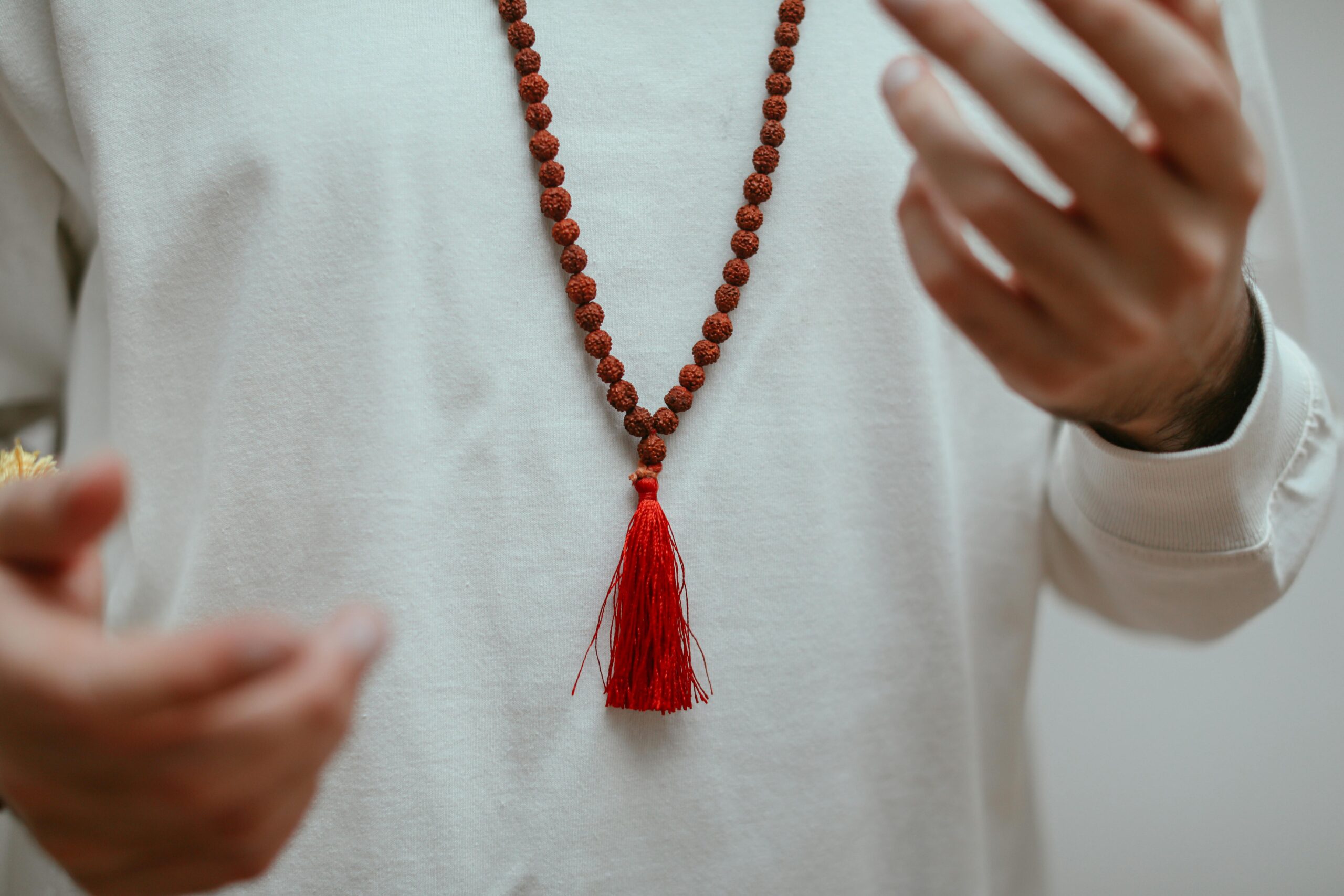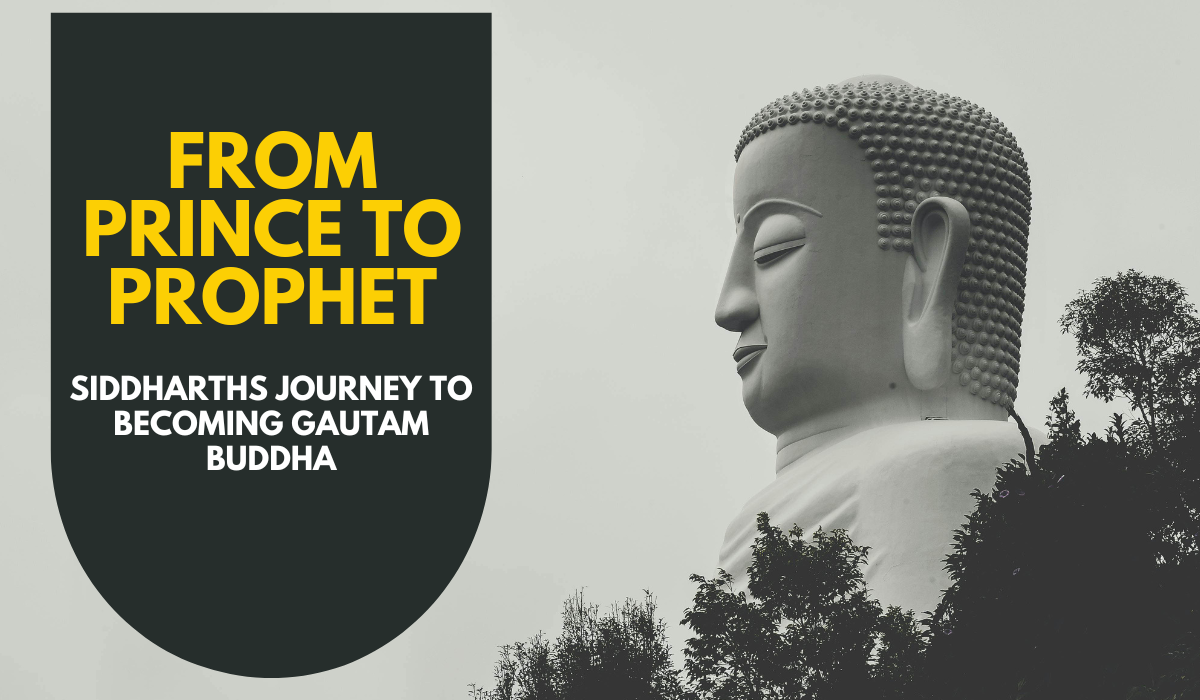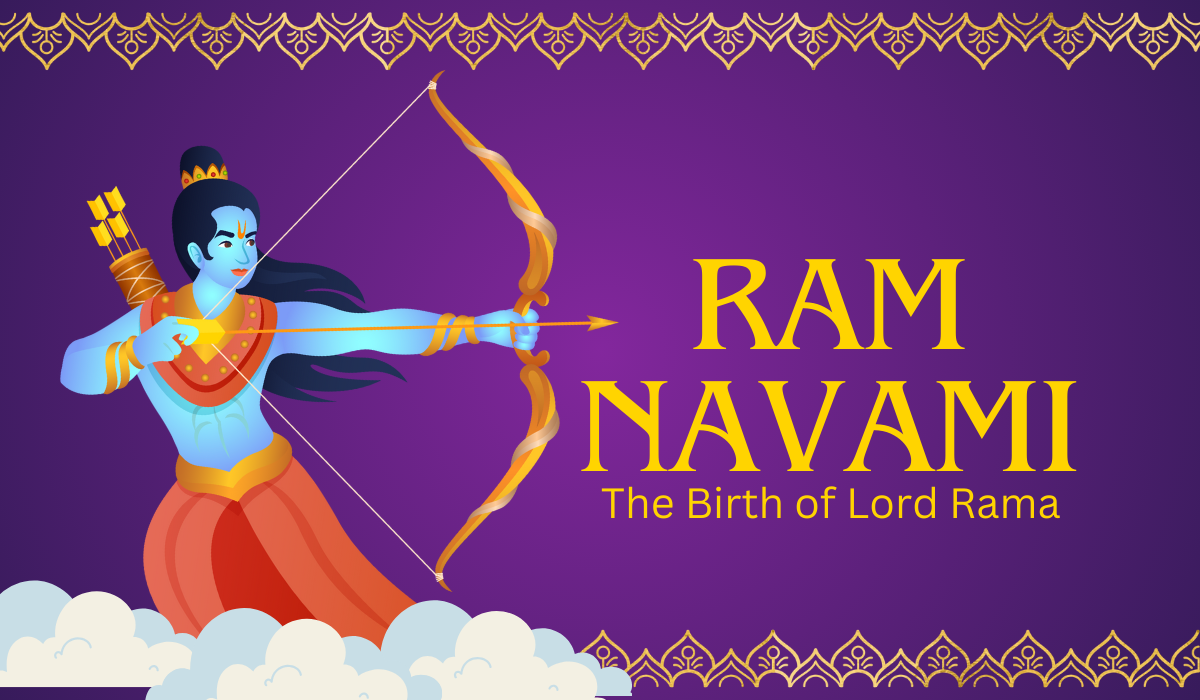Navratri is one of the most widely celebrated Hindu festivals in India, spanning nine days and honoring the goddess Durga in her various forms. Derived from Sanskrit, the word “Navratri” means “nine nights” (nava – nine, ratri – nights). This festival is a time of devotion, fasting, spiritual reflection, and joy, offering an opportunity to celebrate both the triumph of good over evil and the divine feminine energy known as “Shakti.”

The Story Behind Navratri
The origin of Navratri is tied to the powerful mythological stories from ancient Hindu scriptures, especially the Markandeya Purana and Devi Mahatmya. The most common legend associated with the festival is the story of Goddess Durga’s battle against the demon Mahishasura.
The Legend of Goddess Durga and Mahishasura
The demon Mahishasura, who had the ability to transform between human and buffalo forms, was granted a boon by Lord Brahma that no man or god could defeat him. Armed with this power, he unleashed terror on the heavens and Earth, believing himself invincible. He defeated the gods and declared himself the ruler of the universe.
Desperate and powerless, the gods turned to Lord Vishnu and Lord Shiva for help. The supreme trinity, along with the combined energy of all the gods, created Goddess Durga, a fierce warrior with divine powers and weapons. Durga, representing Shakti (the primordial feminine energy), fought Mahishasura in a fierce battle that lasted for nine days. On the tenth day, she finally vanquished him, restoring peace to the universe.
Thus, Navratri symbolizes the victory of good over evil, with Durga’s triumph serving as an inspiration for devotees to overcome their own inner demons and challenges. The festival also represents the victory of the divine feminine and celebrates the various forms of the goddess Durga, each associated with different virtues and qualities.
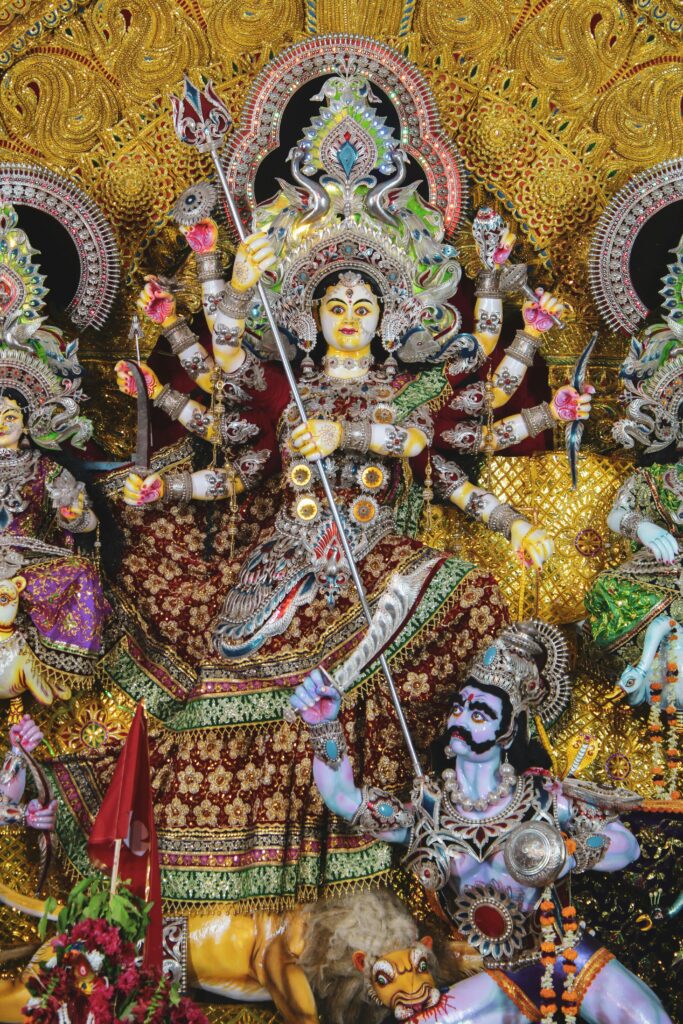
The Spiritual Significance of Navratri
Navratri holds deep spiritual significance. Each of the nine days is dedicated to one of Durga’s nine manifestations, known as the Navadurga:
- Shailaputri: The daughter of the mountains, representing purity and strength.
- Brahmacharini: Symbolizing penance and devotion, she teaches the power of prayer and meditation.
- Chandraghanta: Representing courage and grace, she is depicted with a crescent moon on her forehead.
- Kushmanda: The creator of the universe, she brings warmth and energy.
- Skandamata: The mother of Lord Kartikeya (Skanda), symbolizing the bond of motherhood.
- Katyayani: The fierce form, known for defeating evil and protecting her devotees.
- Kalaratri: Representing the destructive form of Durga, she destroys darkness and ignorance.
- Mahagauri: Known for her wisdom and calm, she purifies her devotees and grants peace.
- Siddhidatri: The goddess who grants knowledge and supernatural powers, representing perfection.
The festival encourages devotees to imbibe these qualities and strive for inner growth and balance.
Traditional Navratri Celebrations (Old-Style)
Historically, Navratri was celebrated with great devotion and simplicity, particularly in villages and small towns across India. The celebrations had a strong emphasis on fasting, prayers, and religious rituals, with a focus on spiritual introspection. Let’s take a closer look at some of the traditional practices.
1. Fasting and Devotion
One of the most significant aspects of traditional Navratri is fasting. Devotees refrain from eating grains, meat, and other regular food items, surviving instead on fruits, milk, and special vrat (fasting) dishes made with ingredients like buckwheat, water chestnut flour, and sago.
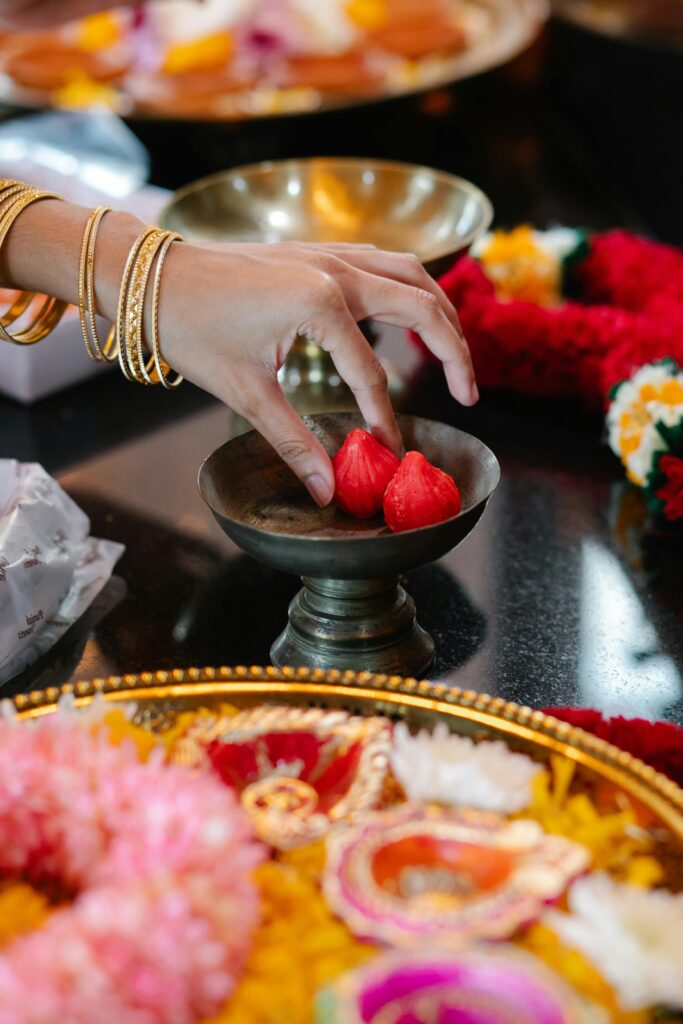
The purpose of fasting is not just abstaining from food but also purifying the mind and body to connect with the divine. It is believed that fasting helps detoxify the body and fosters discipline, self-control, and humility. Every morning and evening, devotees perform prayers, light oil lamps, and chant Durga mantras to seek her blessings.
2. Setting Up Golu (In South India)
In many South Indian households, particularly in Tamil Nadu, Karnataka, and Andhra Pradesh, families set up a special display of dolls called Golu during Navratri. The dolls are arranged in steps, and each step has figures representing gods, goddesses, mythological characters, animals, and even everyday scenes.
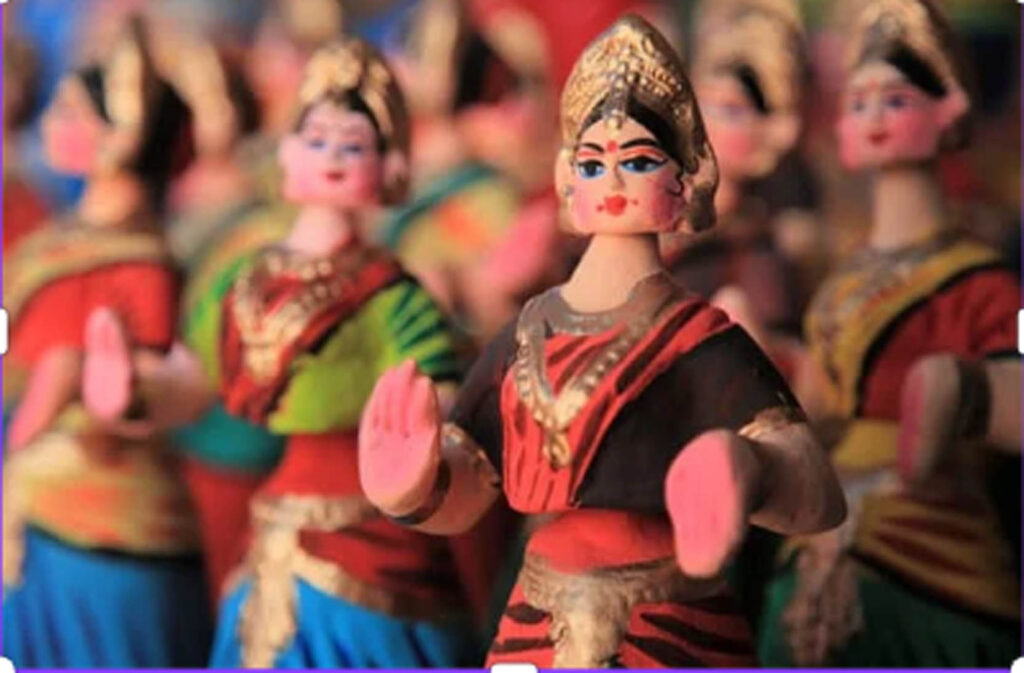
People visit each other’s homes to admire the Golu, sing devotional songs, and exchange gifts. This practice highlights the importance of community interaction and devotion during Navratri.
3. Garba and Dandiya Raas (In Gujarat)
In Gujarat and parts of Rajasthan, traditional Navratri celebrations are incomplete without the folk dances Garba and Dandiya Raas. Garba is a devotional dance performed in circles around a lamp or an image of Goddess Durga, symbolizing the cycle of life. Dandiya Raas is a lively dance performed with sticks, representing the battle between Durga and Mahishasura.
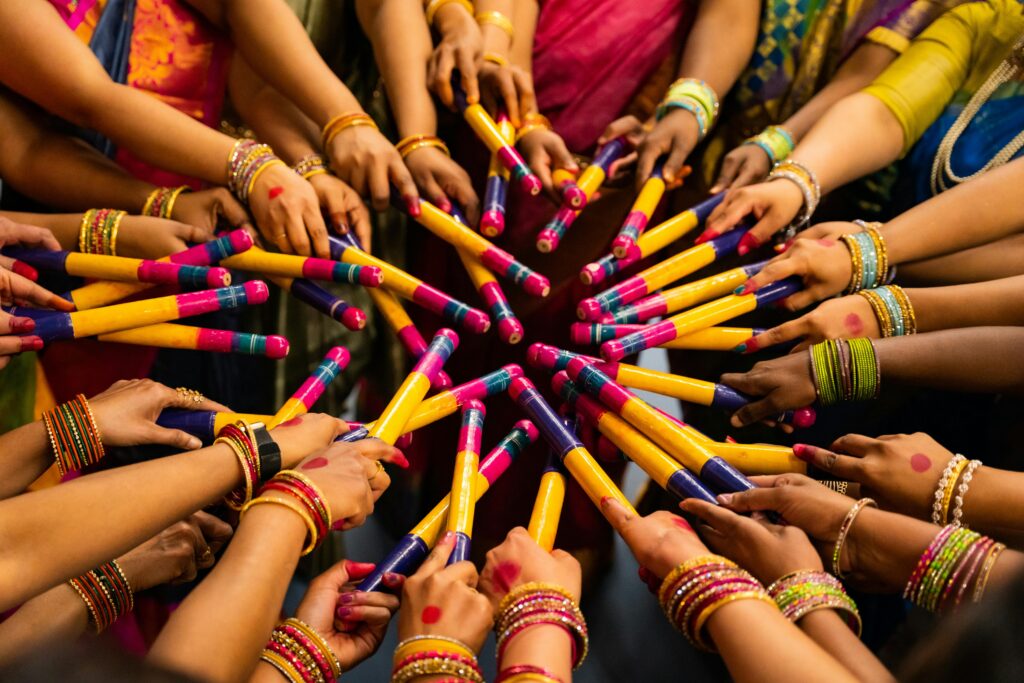
These dances are traditionally accompanied by devotional songs, performed to seek the goddess’s blessings. In earlier times, the dances were simple, and the focus was more on devotion than on performance.
4. Durga Puja (In Bengal)
In West Bengal, the last five days of Navratri coincide with the grand celebration of Durga Puja. Traditionally, huge clay idols of Goddess Durga, along with her children (Lakshmi, Saraswati, Kartikeya, and Ganesha), are made by artisans and installed in elaborately decorated pandals (temporary structures).
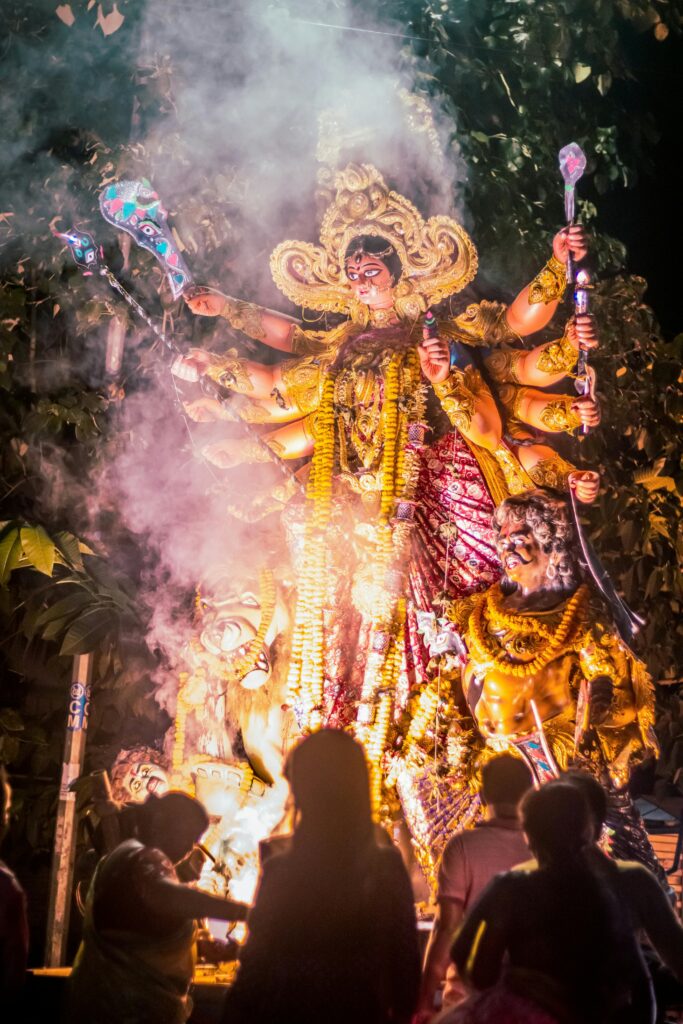
Devotees perform aarti (worship) and offer flowers and sweets, seeking her blessings. The idols are eventually immersed in water bodies, signifying the goddess’s return to her abode in the Himalayas.
Modern Navratri Celebrations (New-Style)
While the core essence of Navratri has remained intact over the years, the way people celebrate the festival has evolved with time. The modern celebrations often reflect a blend of traditional devotion and contemporary social life, especially in urban areas.
1. Commercialization of Festivities
In modern times, Navratri has seen a shift towards more commercialized and glamorous celebrations, especially in cities. Events such as Garba and Dandiya nights are often held in large venues, with professional singers, live bands, and DJs. The focus has shifted somewhat from traditional devotional songs to Bollywood music, with people dressing in fashionable outfits rather than traditional attire.
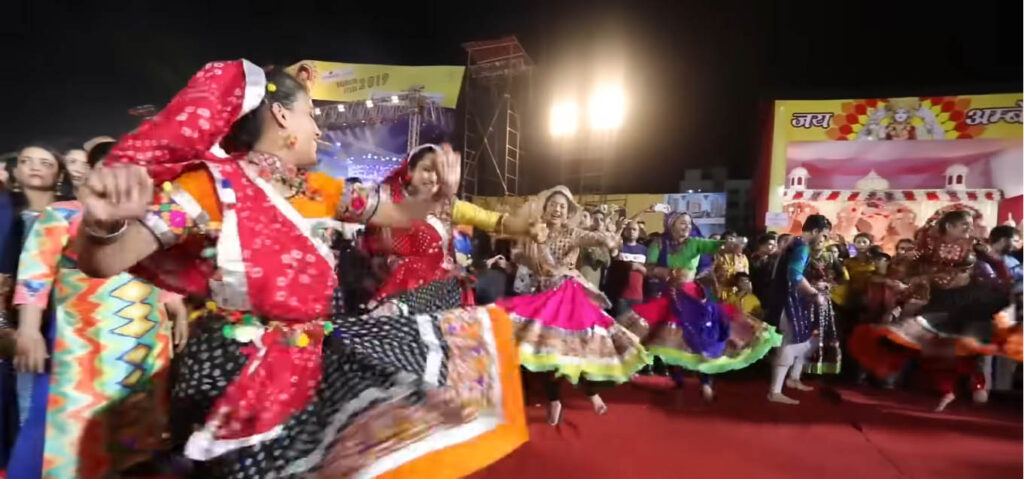
Major sponsors, advertisements, and media coverage play a significant role in promoting these events. Many people, particularly the younger generation, participate in these festivities more for entertainment than for spiritual devotion.
2. Themed Navratri Events
Another trend in modern Navratri celebrations is the introduction of themes in pandals and events. For instance, some pandals in Bengal design their Durga Puja decorations around social, political, or environmental themes, using the platform to raise awareness about various issues.
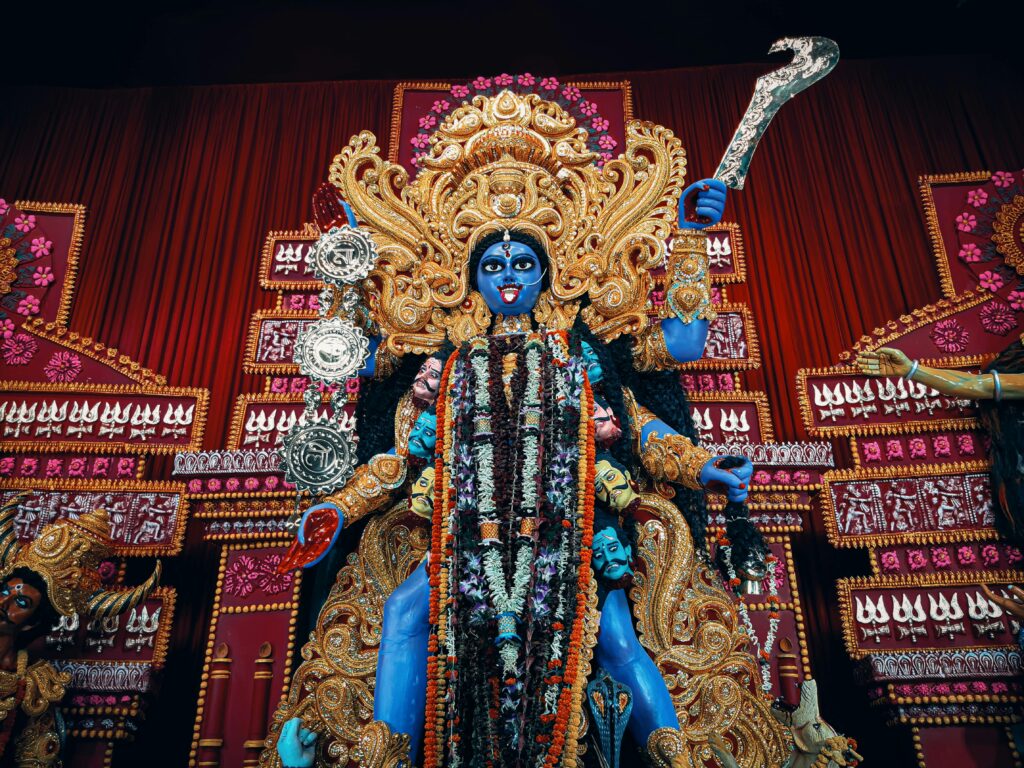
This blending of social consciousness with religious celebrations is an interesting evolution, showcasing how traditional practices can adapt to contemporary contexts.
3. Technology and Virtual Celebrations
With the rise of technology and social media, many people now celebrate Navratri virtually as well. Especially in the wake of the COVID-19 pandemic, there was a surge in virtual Garba nights, online Durga Puja aarti, and digital darshan (viewing) of temple rituals. This has allowed people from different parts of the world to stay connected with their faith and culture, even if they cannot physically participate in the festivities.
Additionally, people use social media platforms to share Navratri-related content, from devotional songs and recipes to tips on fasting and Garba choreography.
4. Fashion and Festivity
Navratri has also become a celebration of fashion, with designers launching special collections for Garba and Dandiya events. Traditional attire like ghagras, cholis, and bandhni dupattas are given a contemporary twist, with modern designs, patterns, and embellishments. For many, Navratri is a time to showcase their unique style while participating in cultural festivities.

The Balance Between Tradition and Modernity
Navratri, with its deep spiritual roots and vibrant celebrations, continues to hold a special place in the hearts of millions. While the traditional aspects of the festival—fasting, prayer, and devotion—still form the core of Navratri, the way it is celebrated has evolved to reflect the changing times.
In urban areas, the emphasis has shifted towards social gatherings, entertainment, and commercialization, while in rural areas, traditional rituals and simplicity still dominate. Nevertheless, whether celebrated in the old style or the new, Navratri remains a time for reflection, joy, and community.
The modern iterations of Navratri may look different, but the underlying message of the festival—the victory of good over evil, the power of devotion, and the reverence for the divine feminine—continues to resonate. Whether through age-old rituals or modern Garba nights, the festival offers an opportunity to reconnect with our roots, celebrate the present, and look forward to a brighter future.




